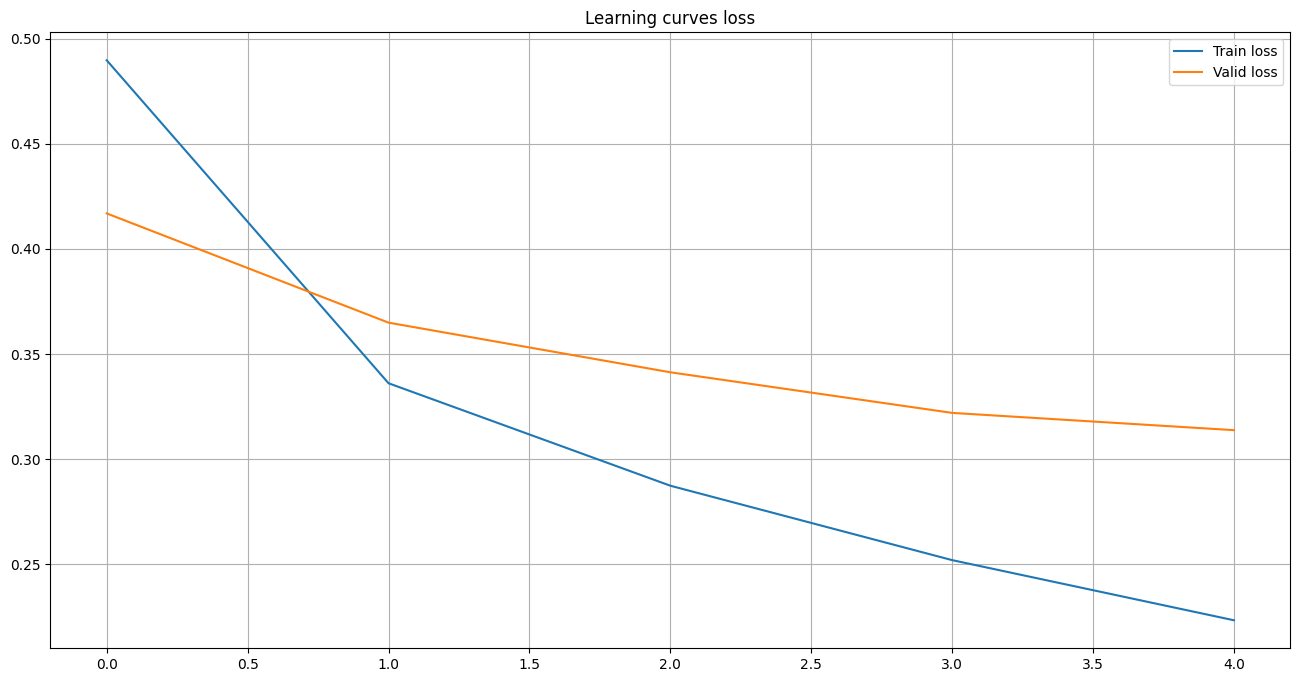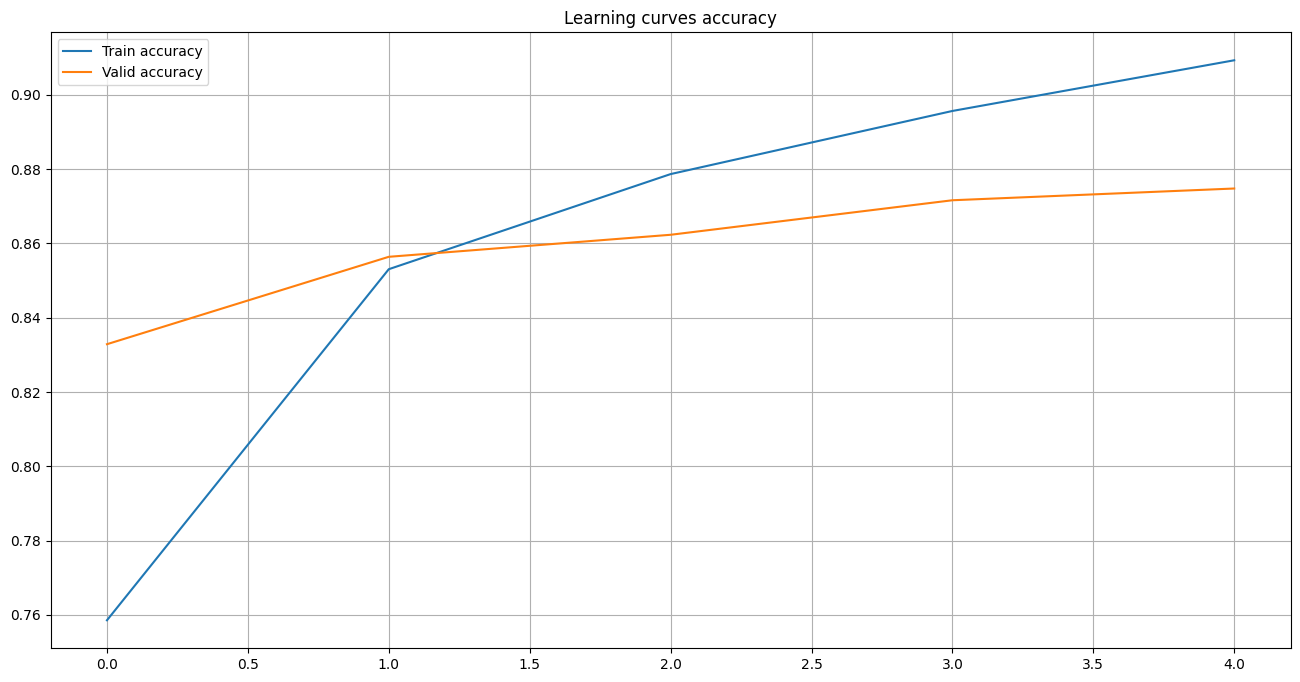Text classification#
It’s common task for machine learning and in this notebook is showen how it can be solved with deep learning, in particular pytorch.
import numpy as np
import pandas as pd
import re
import string
from collections import Counter
from tqdm import tqdm
import torch
import torch.nn as nn
from torch.optim import Adam
from torch.utils.data import (
DataLoader, random_split, Dataset
)
from torch.nn.utils.rnn import pad_sequence
import torch.nn.functional as F
import gensim.downloader as api
import matplotlib.pyplot as plt
from IPython.display import clear_output
Data#
Here we deal with pretty simple dataset. That just contains review on movies and markers that show weather this comment is positive or negative. We will build a model that can “read” the content and evaluate whether a given comment is positive or negative.
data = pd.read_csv("texts_classification_files/IMDB Dataset.csv")
#data = pd.read_csv("../input/imdb-dataset-of-50k-movie-reviews/IMDB Dataset.csv")
data.head(5)
| review | sentiment | |
|---|---|---|
| 0 | One of the other reviewers has mentioned that ... | positive |
| 1 | A wonderful little production. <br /><br />The... | positive |
| 2 | I thought this was a wonderful way to spend ti... | positive |
| 3 | Basically there's a family where a little boy ... | negative |
| 4 | Petter Mattei's "Love in the Time of Money" is... | positive |
Text vectorisation#
We need to vectorise our text. There is method that allows to each word match some vector. Here we are using ready tool for this purpose.
fasttext = api.load('glove-twitter-25')
Here is example how this tool can be used for some words.
print("man ->", fasttext["man"])
print("king ->", fasttext["king"])
man -> [ 0.37013 -0.39648 -0.021712 -0.6301 -0.3189 0.34329 0.10968
0.4879 -0.48663 0.36837 -0.39179 0.25414 -4.9282 0.067597
0.37147 0.36817 1.1655 0.092116 -0.87735 -0.74562 0.40903
1.5672 -0.23879 0.24755 0.76386 ]
king -> [-0.74501 -0.11992 0.37329 0.36847 -0.4472 -0.2288 0.70118
0.82872 0.39486 -0.58347 0.41488 0.37074 -3.6906 -0.20101
0.11472 -0.34661 0.36208 0.095679 -0.01765 0.68498 -0.049013
0.54049 -0.21005 -0.65397 0.64556 ]
Vocabulary#
Vocabulary is object that describes all worlds that we allowed to use in our model and basic operation under them.
The following cell represents possible realisation of the vocabulary in python:
class Vocabulary:
def __init__(self, texts: list[str], min_freq: int = 10):
text = ' '.join(texts)
text = re.sub(r"http[s]?://(?:[a-zA-Z]|[0-9]|[$-_@.&+]|[!*\(\),]|(?:%[0-9a-fA-F][0-9a-fA-F]))+", " ", text)
text = re.sub("[^a-zA-Z]", " ", text)
while ' ' in text:
text = text.replace(' ', ' ')
words = text.strip().lower().split()
c = Counter(words)
self.vocabulary = list(set([word for word in words if c[word] >= min_freq]))
self.vocabulary.append('<unk>')
self._idx2word = {i: word for i, word in enumerate(self.vocabulary)}
self._word2idx = {word: i for i, word in enumerate(self.vocabulary)}
def get_vocabulary(self):
return self.vocabulary
def idx2word(self, idx: int):
if idx not in self._idx2word:
return '<unk>'
return self._idx2word[idx]
def word2idx(self, word: str):
word = word.lower()
if word not in self._word2idx:
return self._word2idx['<unk>']
return self._word2idx[word]
def encode(self, text):
result = []
for word in text.split():
result.append(self.word2idx(word))
return result
def build_vectors(self, fasttext):
vectors = []
for word in self.vocabulary:
if fasttext.has_index_for(word):
vectors.append(fasttext[word])
else:
vectors.append(np.zeros(25))
return np.stack(vectors)
The vocabulary must be common to both the training and test datasets, so in the following cell the vocabulary has been created under words that can be found in the given sample.
data["sentiment"] = data["sentiment"].replace({"positive" : 1, "negative" : 0})
vocab = Vocabulary(data["review"].values)
Datasets/dataloaders#
The following cell extends torch.dataset to work with data from the example under consideration and creates ti’s instances for training and test samples.
class IMDB(Dataset):
def __init__(self, texts, labels, vocab):
self.texts = texts
self.labels = labels
self.vocab = vocab
def __getitem__(self, idx):
text = self.texts[idx]
label = self.labels[idx]
text = torch.LongTensor(self.vocab.encode(text))
label = torch.FloatTensor([label])
return text, label
def __len__(self):
return len(self.texts)
train_dataset, test_dataset = np.split(data, [45000], axis = 0)
train_dataset = IMDB(
train_dataset["review"].values,
train_dataset["sentiment"].values,
vocab
)
test_dataset = IMDB(
test_dataset["review"].values,
test_dataset["sentiment"].values,
vocab
)
Same for dataloaders.
pad_idx = len(vocab.vocabulary)
def collate_fn(batch):
texts = pad_sequence(
[b[0] for b in batch],
padding_value=pad_idx,
batch_first=True
)
labels = torch.stack([b[1] for b in batch])
return texts, labels
train_loader = DataLoader(
train_dataset,
batch_size=64,
collate_fn=collate_fn,
pin_memory=True
)
test_loader = DataLoader(
test_dataset,
batch_size=64,
collate_fn=collate_fn,
pin_memory=True
)
Model architecture#
class TextCNN(nn.Module):
def __init__(self, vocab_size: int, embedding_dim: int, pad_idx):
super().__init__()
self.embedding = nn.Embedding(vocab_size, embedding_dim, padding_idx = pad_idx)
self.convs = nn.ModuleList(
[
nn.Sequential(
nn.Conv2d(
in_channels = 1,
out_channels = 16,
kernel_size = (fs, embedding_dim)
),
nn.Dropout(0.5)
)
for fs in [2, 3, 4, 5]
]
)
self.fc = nn.Linear(4 * 16, 1)
def forward(self, x):
x = self.embedding(x)
x = x.unsqueeze(1)
x = [F.relu(conv(x)).squeeze(3) for conv in self.convs]
x = [F.max_pool1d(_, _.shape[2]).squeeze(2) for _ in x]
return self.fc(torch.cat(x, dim = 1))
Model fitting functions#
The following cells define a function that implements model optimisation, evaluation and visualisation procedures.
def binary_accuracy(preds, y):
rounded_preds = torch.round(torch.sigmoid(preds))
correct = (rounded_preds == y).float()
acc = correct.sum() / len(correct)
return acc.item()
def train(model) -> tuple[float, float]:
model.train()
train_loss = 0
train_accuracy = 0
for x, y in tqdm(train_loader, desc='Train'):
x, y = x.to(device), y.to(device)
optimizer.zero_grad()
output = model(x)
loss = loss_fn(output, y)
train_loss += loss.item()
train_accuracy += binary_accuracy(output, y)
loss.backward()
optimizer.step()
train_loss /= len(train_loader)
train_accuracy /= len(train_loader)
return train_loss, train_accuracy
@torch.inference_mode()
def evaluate(model, loader) -> tuple[float, float]:
model.eval()
total_loss = 0
total_accuracy = 0
for x, y in tqdm(loader, desc='Evaluation'):
x, y = x.to(device), y.to(device)
output = model(x)
loss = loss_fn(output, y)
total_loss += loss.item()
total_accuracy += binary_accuracy(output, y)
total_loss /= len(loader)
total_accuracy /= len(loader)
return total_loss, total_accuracy
def plot_stats(
train_loss: list[float],
valid_loss: list[float],
train_accuracy: list[float],
valid_accuracy: list[float],
title: str
):
plt.figure(figsize=(16, 8))
plt.title(title + ' loss')
plt.plot(train_loss, label='Train loss')
plt.plot(valid_loss, label='Valid loss')
plt.legend()
plt.grid()
plt.show()
plt.figure(figsize=(16, 8))
plt.title(title + ' accuracy')
plt.plot(train_accuracy, label='Train accuracy')
plt.plot(valid_accuracy, label='Valid accuracy')
plt.legend()
plt.grid()
plt.show()
Fitting#
This is where everything necessary for running the optimisation algorithm is defined.
device = torch.device('cuda:0' if torch.cuda.is_available() else 'cpu')
print(device)
model = TextCNN(
vocab_size=len(vocab.vocabulary) + 1,
embedding_dim=25,
pad_idx=pad_idx
).to(device)
vectors = vocab.build_vectors(fasttext)
model.embedding.weight.data[:len(vectors)] = torch.from_numpy(vectors)
loss_fn = nn.BCEWithLogitsLoss()
optimizer = Adam(model.parameters(), lr=1e-3)
cpu
The fitting process can be started with the next cell. It can take a considerable amount of time, so the results are saved in temporary files.
history = {
"train_loss" : [],
"valid_loss" : [],
"train_accuracy" : [],
"valid_accuracy" : []
}
for epoch in range(5):
train_loss, train_accuracy = train(model)
valid_loss, valid_accuracy = evaluate(model, test_loader)
history["train_loss"].append(train_loss)
history["valid_loss"].append(valid_loss)
history["train_accuracy"].append(train_accuracy)
history["valid_accuracy"].append(valid_accuracy)
clear_output()
plot_stats(
history["train_loss"], history["valid_loss"],
history["train_accuracy"], history["valid_accuracy"],
"Learning curves"
)
with open("texts_classification_files/model.pck", "wb") as f:
torch.save(model.state_dict(), f)
with open("texts_classification_files/history.pck", "wb") as f:
pickle.dump(history, f)
The following cell shows the learning curves of the model fitting process.
with open("texts_classification_files/history.pck", "rb") as f:
history = pickle.load(f)
plot_stats(
history["train_loss"], history["valid_loss"],
history["train_accuracy"], history["valid_accuracy"],
"Learning curves"
)


